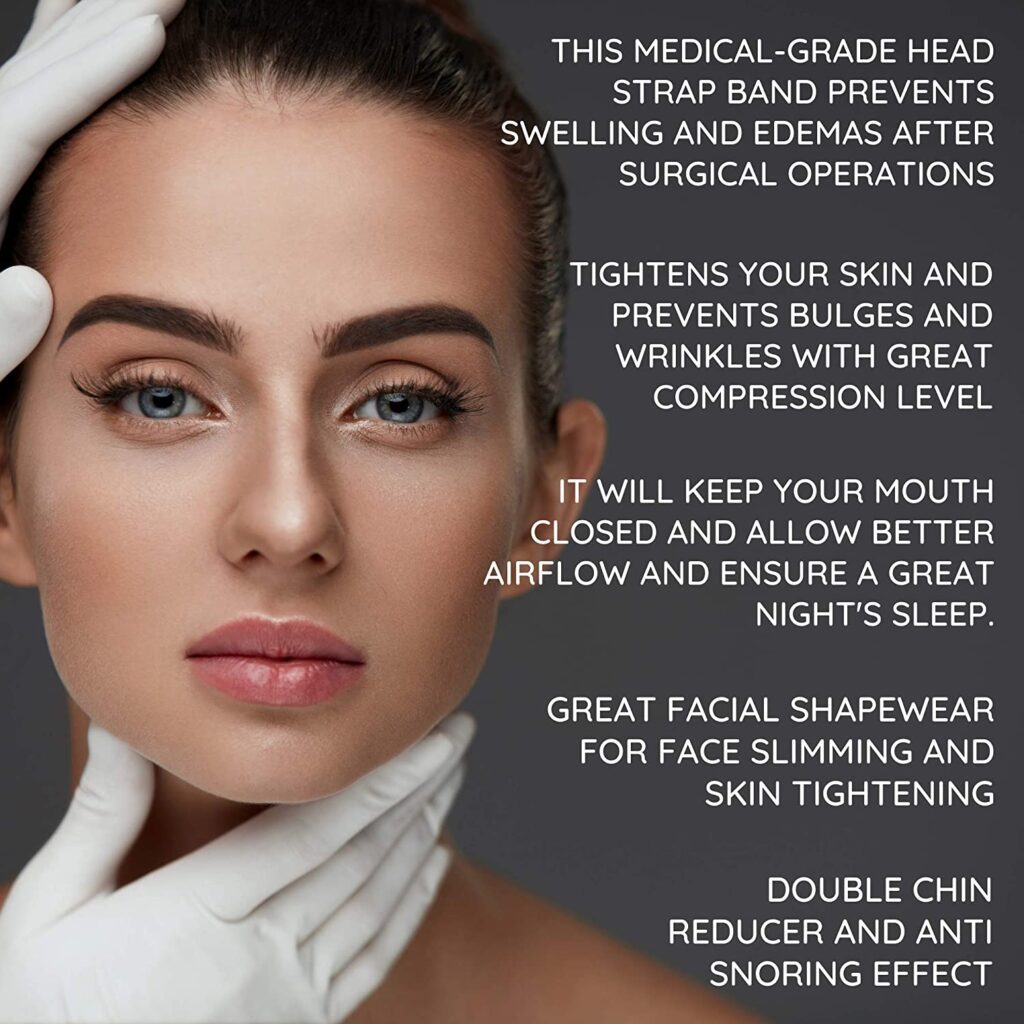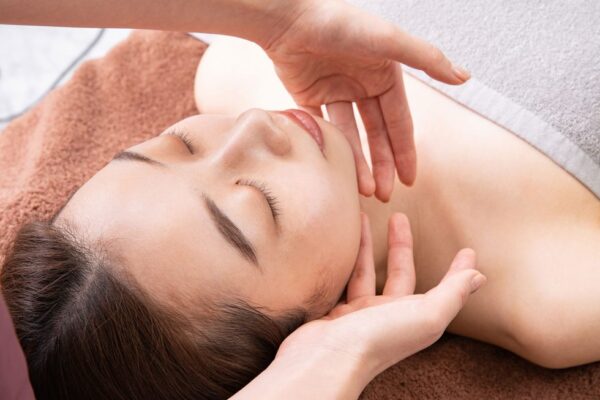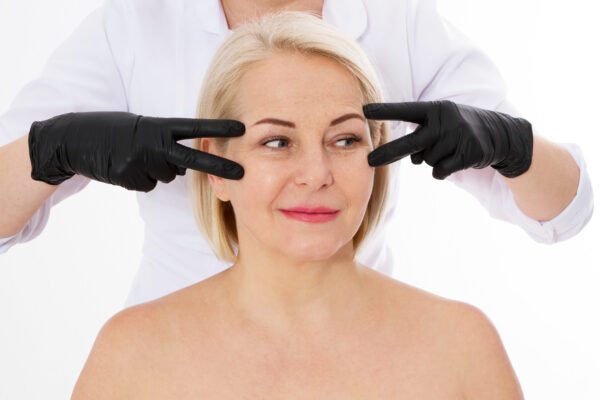You’ll be able to say goodbye to most of those under-eye bags. You’ll notice that your skin is softer and supple, and you’ll be able to control the normal redness around your nose. You can also bid your mouth wrinkles farewell. These are all the after-effects of getting a facelift. But the main question is, How long to wear head wrap after facelift? Don’t worry. We have got you covered!
Keep reading since we have all the necessary information about facelifts, their types, and how long to wear head wrap after facelift!
Who are the ideal candidates for facelift surgery?
Please talk with your aesthetic cosmetic surgeon for further information on your requirements.
- You must be in generally good health.
- Not a new you, but a younger version of yourself will result from a facelift.
- There will be some downtime connected with this process.
- Depending on your skin type and age, you should have additional operations.
- The recovery period usually lasts at least two weeks; however, the precise duration depends on the complexity of the operation.
So, if you’re the ideal candidate, let’s prepare for facelift surgery now!
How to prepare for a facelift?
You will initially discuss a facelift with a plastic surgeon. Most likely, the visit will involve the following:
- Exam and medical history
Be ready to discuss both current and previous medical issues. Also, bring up prior operations, particularly plastic ones. Any difficulties from initial operations should be noted. Tell the plastic surgeon if you have smoked, used drugs, or consumed alcohol.
- Physical examination
Your surgeon will do a physical examination. The surgeon might also ask your healthcare provider for records. You might be required to consult with a professional if you have doubts about your ability to undergo surgery.
- Medication evaluation
Describe the medications you frequently use, including their names and dosages. Include herbal remedies, prescription and non-prescription pharmaceuticals, vitamins, and other nutritional supplements.
- Facial examination
Your plastic surgeon will take photographs of your face from various perspectives and close-ups of specific characteristics. The surgeon will inspect your bone structure, facial shape, fat distribution, and skin quality. The examination will assist in determining your best face-lift surgery alternatives.
- Expectations
Your surgeon will inquire into your expectations for a face-lift. The doctor will describe how a face-lift will alter your appearance. Additionally, you’ll discover what a facelift doesn’t fix. Fine wrinkles and unbalanced facial shapes are unaffected by a facelift.
How long to wear head wrap after facelift?

Headwrap is used to reduce swelling and discomfort. The patient is advised to wear a headwrap for at least one week after facelift surgery. The headwrap should be pulled tight around the ears to make it more effective in reducing swelling and pain.
However, there are many opinions on how long to wear a head wrap after facelift. Some say one should wear it for at least two weeks, while others say it is unnecessary.
Some people suggest wearing the headwrap for up to 3 weeks, but this can lead to complications such as skin irritation or infection. To maximize your recovery time, you should consult your leading physician before deciding how long to wear head wrap after facelift.
Long-term results of face-lift
A facelift is a procedure meant to provide results that not only seem natural now but will also age gracefully with you when carried out by a skilled, board-certified cosmetic surgeon. Even if nothing can stop the natural aging process, a facelift should always make you appear years younger than you would have otherwise.
A facelift typically lasts around 7 to 10 years, depending on lifestyle choices, genetics, and heredity. You can try to do a couple of things to keep your results looking their best. The skin might stretch out again when there are significant weight swings; therefore, it’s crucial to maintain a healthy, steady weight. To keep your skin and prevent premature aging, you must establish a regular, high-quality skincare routine.
The ideal candidates for a cryo skin facial?
The highest prospects for success with cryoskin facial should come from candidates with pinchable fat. Yet, those with severe diabetes, cancer, liver, renal, or weak circulation should not have the medication, nor should pregnant people.
Additionally, those who meet the criteria for this procedure, such as:
- People who already maintain a healthy diet and exercise regimen
- People who want to reduce their body fat in areas where exercise has little effect.
- Anyone needing a procedure can do it over lunch and return to work.
What to expect in a non-surgical facelift?
The practitioner will go over many procedures with you to prepare you for the process when you show up for your facelift visit. Before the actual facial surgery starts, your face will often be cleaned, dried, and steamed or gently massaged in some circumstances. You will then be given goggles to put on, so take off any jewelry before that. Once the liquid nitrogen beam starts, it will feel like you are inserting your head into a freezer. The hose will surround your face with vapor for about three minutes, which will be chilly but not unbearable. The technician will next apply a serum or moisturizer to the treated area. And that’s all there is to it! Please read this to know more about the steps involved in its procedure.
Is it a safe procedure?
The difference between the three types of treatment technologies is the wand’s setting. The rod has sensors embedded in it to assist in keeping the procedures secure. The FDA has yet to approve cryo skin; an additional study is required to comprehend its potential adverse effects. According to one study, skin tone changed following this therapy. As previously indicated, the treatment is not advised for pregnant women, people with advanced Raynaud’s illness, weak circulation, diabetes, or cancer.
You may also want to read this to learn about the potential risks of a surgical facelift.
How to take care of yourself following a facelift?
Your healing and reduced risk of problems will both be aided by practicing self-care at home during the first three weeks:
- As advised by your surgeon, follow the wound care guidelines.
- The crusting scabs that form on your wound shouldn’t be picked.
- Follow the directions on when to start using shampoo and soaps and the appropriate types.
- Dress in front-fastening attire. Do not wear clothing that is pulled over your head.
- The incisions should not be subjected to excessive pressure or movement.
- Stay away from cosmetics.
- Stay away from sports or intense exercise.
- For three weeks, keep the incision out of the sun’s direct rays. Use sunscreen having an SPF of 30 or higher after that.
- Avoid perming, bleaching, or coloring your hair for at least six weeks.
Last but not the least, how long to wear headwrap after facelift is a very necessary step to your healing process.
You could style your hair in the weeks following a facelift to cover up the incision. You can postpone going to important social occasions for a few months.









